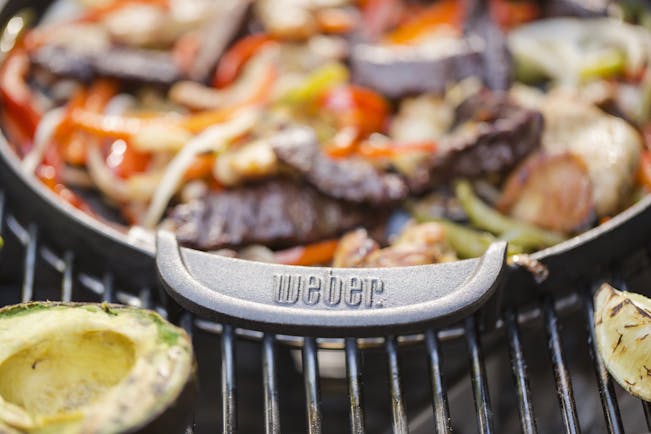3 countries you can grill all year365 Days of Summer
Blankets of white snow might look beautiful on your Instagram feed and make you wanderlust when there’s a heat wave and your air-conditioning isn’t doing its job, but we choose warm toes over frozen ones any day.
Typically close to the equator, some countries are lucky enough to enjoy sunny skies all days of the year, which make them perfect places to live in if grilling is big part of your lifestyle. Here’s a look at how some ‘one season’ countries enjoy their 365 days of grilling.
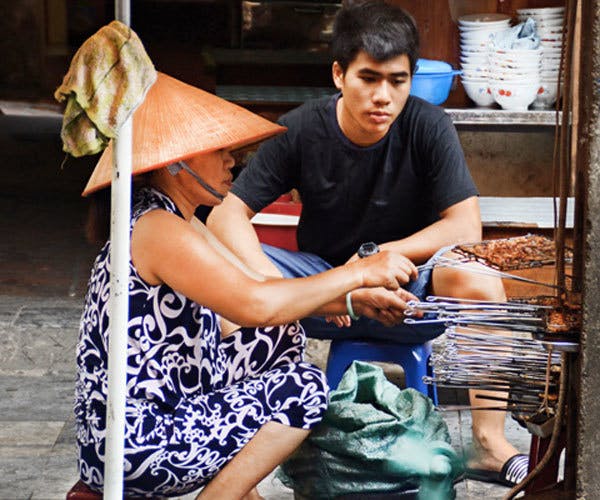
Thailand
You’ll know food is near when the air starts to get peppery and smoky. Often dubbed by travel sites and awards as the best street food capital of the world, grilling is a big part of Thai living. Stroll along any street and you’ll see peddlers sitting by their bikes dwarfed by a bounty of grilled goodies on their sidecar: crispy prawns, meatballs, glazed spicy sausages and bacon, fried beancurd and—if you’re looking for something wildly different—scorpions and your choice of crickets and grasshoppers.
From these very stalls, Thais takeout khao chao—breakfast food that they sometimes eat with simple dishes like fried rice and omelette that are made at home. Despite this, it is easy to be satisfied with half a dozen skewers and a cold drink to ease the heat (it’s 30°C on average, but drops a few degrees between the months of October to February).
The Thais cope with the heat with more fire, their complex sweet, sour, salty dishes (both on the grill and off) are almost always spicy. While Thai cooking might seem intimidating due to the complexity of the flavors, achieving similar results are far from difficult. In Thai food you’ll usually find varying combinations of fish sauce, lime juice, shallots, chilli, curry paste, ginger, coriander and khuen chai (Thai celery). Try it out for yourself with our recipe for Thai Shrimp Watermelon Salad and Thai Coconut Soup with Grilled Halibut.
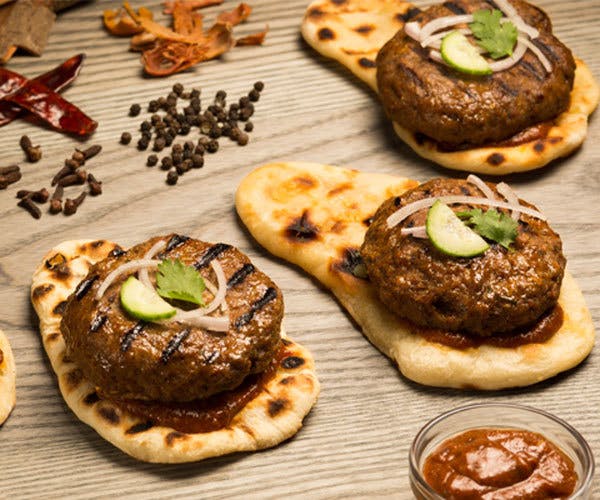
India
Okay, we’re admitting it first—there are parts of India that experience cold winters, but that doesn’t mean grilling can’t be a part of their daily lives.
In the early days of India, before Western-styled kitchen tools were introduced, families cooked their meals over a chulha, a mud or brick oven that uses firewood or charcoal. With a hole on the side—so they can add more fuel to flame the fire, and the round top acting as a burner (though unlike modern grills, they don’t have cooking grates), many a kebab has been grilled over a chulha for that smoky barbequed flavor.
So grilling over open coals and fire is something that Indians have always known and are no stranger to. If you’ve tried it, you’ll know that popular Indian dishes like Chicken Tikka are meant for the grill. The heavy and complex spices used in Indian cooking together with the heady smoky flavor from grilling, result in a salivating fusion of flavor.
These hard-to-replicate flavors are intensified when you grill with a Weber. Here’s why: grilling without a lid leads to losing heat (and also the loss of the lovely smoky flavor that comes with it). When you cook with the lid on—which is the Weber way—the flavor is packed into your food, you get a more even cook and there’s no risk of scorching your food due to flare-ups.
You don’t have to take our word for it, try GIY (you guessed it, Grilling-It-Yourself) at home on your Weber. To start with, our recipe for grilled Paneer Tikka and Mutton Burra Kebab are definite crowd pleasers.
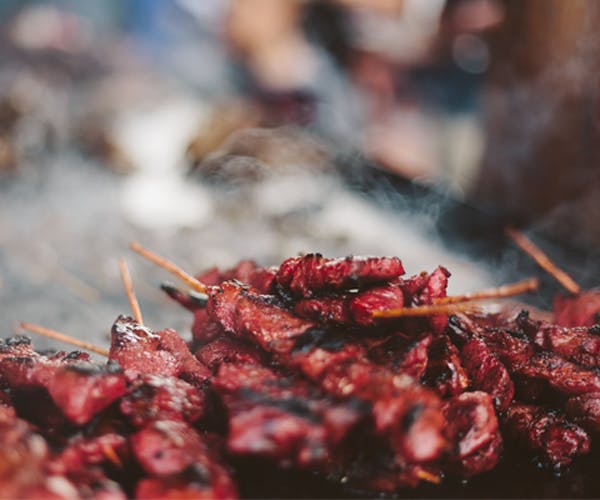
Philippines
Made up of about 7,641 islands, The Republic of the Philippines has a population of about 100 million people and they all have one thing in common—they love to eat. Despite three regular (and heavy) meals, snacking in between is common. Even the ‘off cuts’ are turned into curious looking dishes with cute names on street grills, of which are plenty in the city. Like ‘Betamax’ (not the black tapes from the 70s): grilled coagulated pork or chicken blood, ‘Helmet’: grilled chicken heads, and Adidas—you guessed it—grilled chicken feet.
Besides using pantry staples like soy sauce, black pepper, garlic, onion and lemon juice in their marinade, Filipinos also have a national condiment of sorts—banana ketchup. Created during World War II when there was a shortage of tomatoes, the mix of mashed banana, sugar, vinegar and spices is dyed red and bottled to resemble ketchup, and goes well with hotdogs, burgers and fries.
But if blood, heads and feet are not what you consider a good meal, and banana ketchup is a little out of reach to give your meals a truly Pinoy twist, you could always start with a good ol’ Lechon Manok—otherwise known to us as roast chicken. However, before you go ahead and put the bird on your poultry roaster, an authentic Filipino recipe calls for the chicken to be marinated with 7-up or Sprite for at least two hours.
While waiting for the chicken to marinade, skewer up some pork belly and make Adobo Skewers. Ingredients are easy: you only need soy sauce, garlic, pepper, sugar, salt and white vinegar, and it only takes 6 minutes on the grill to reach perfection!
Related Posts
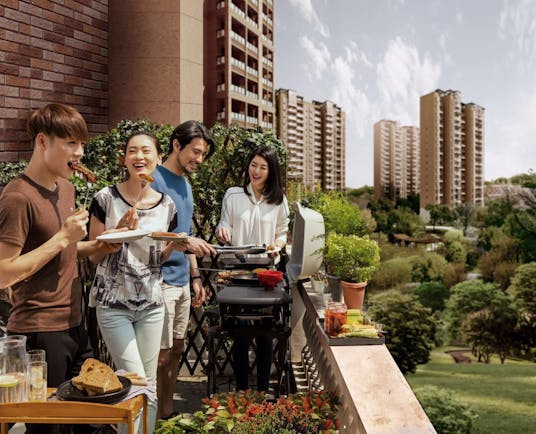
Stories from Asia
CHRISTMAS.E.A. MEALS

Stories from Asia
Footballers and their favorite food
